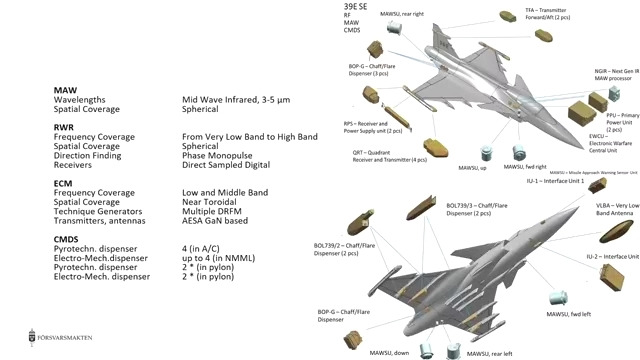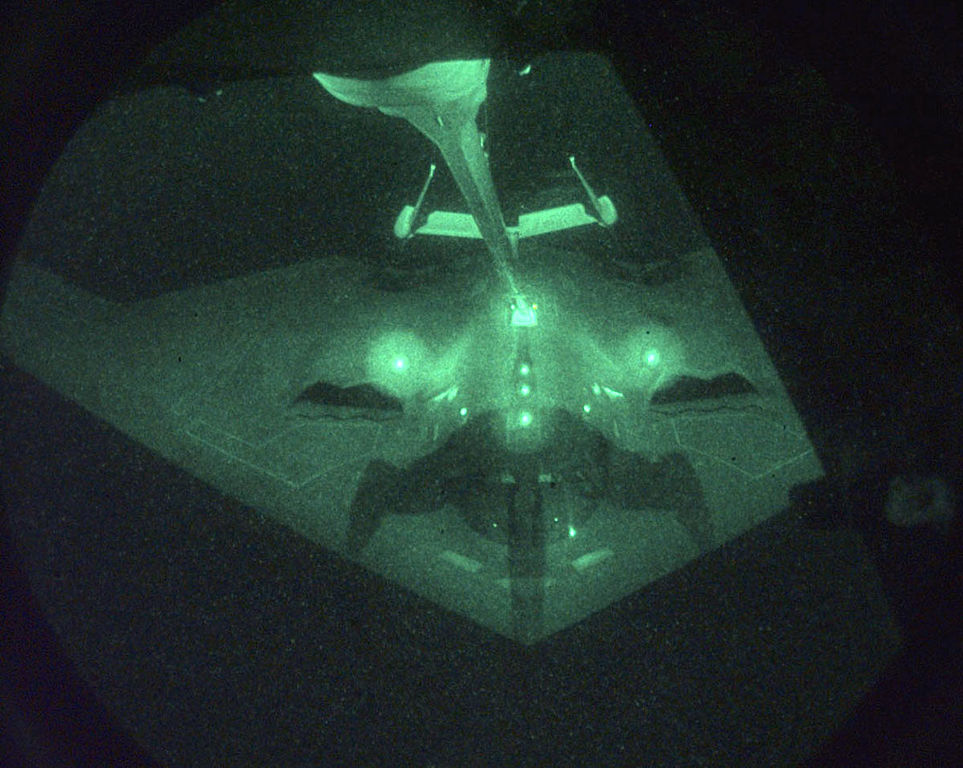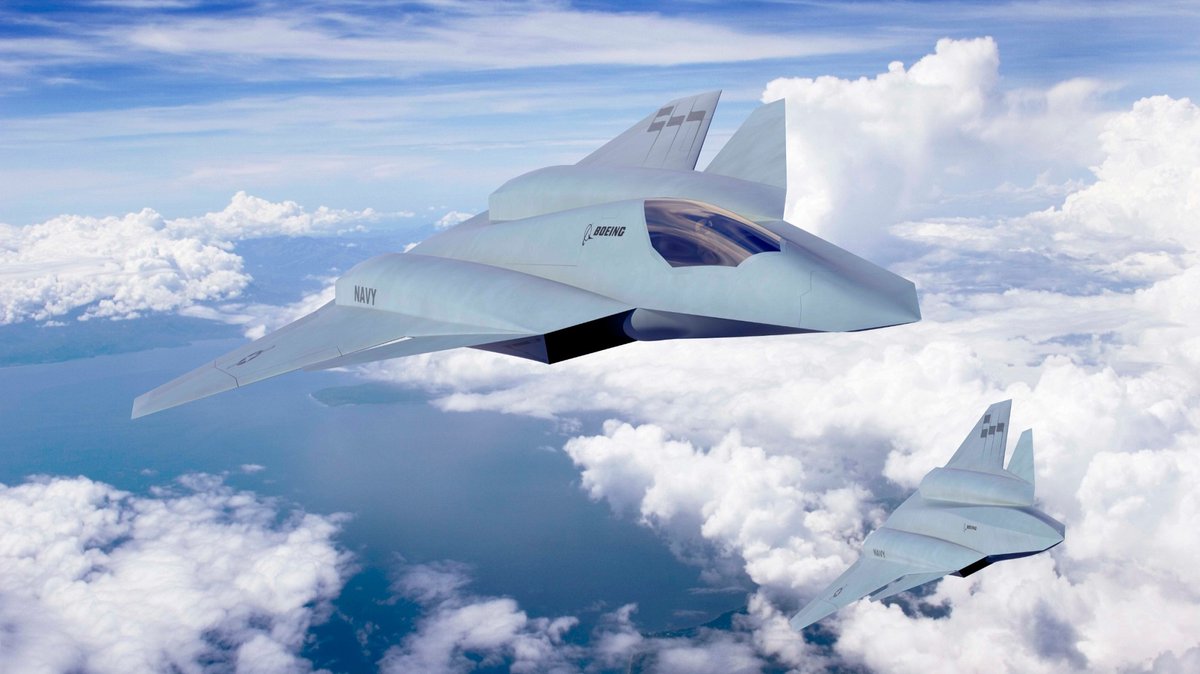Our story actually starts with the F2H-3, the night fighter version of the F2H. In the F2H-3, the radar was controlled by a joystick and a range thumbwheel.








At this time, radars required high pilot workload. Scope gain was controlled manually, there was no search antenna stabilization, and acquisition had to be done manually by pointing the antenna at the target and placing the range gate over the target. 

One of the problems with this was in steps four and five, as shown above. The radar could not provide heading information, so the pilot had to estimate it.
Due to estimation, acquisition was often difficult because of error in estimation and time delay before lock-on.


Due to estimation, acquisition was often difficult because of error in estimation and time delay before lock-on.


Because of this, pilots would often position the target close to the center of the radar screen to reduce error in estimation before beginning lock-on.
In 1951 an alternate system was proposed. With this, in the acquisition mode, target acquisition was limited to the radar boresight to allow the pilot to more easily manipulate the radar display controls and keep control of the aircraft. All he had to do was align the range gate.




This system was deemed worth the trade-offs, and so it was applied to a follow-on aircraft: the F-8 Crusader. On the F8U-1E(F-8B) and F8U-2, the first Crusaders with search and track radars, this system was used.






Obviously, this was not ideal. This could provide similar issues of lack of lock-on in extreme crossing-target scenarios. The F8U-2N(F-8D) and 2NE(F-8E) rapidly reintroduced the radar joystick controls alongside their new APQ-83/APQ-94 radars, but with a much different layout.
The main control joystick likely took design cues from Convair's F-102 and F-106 interceptors, which used a similar style of joystick/radar joystick assembly. (Photo:) flickr.com/photos/ian_e_a…






This was a much more modern system that benefitted from increased computerization in radars, allowing for simplified acquisition from search. A boresight acquisition mode that performed exactly like the previous system was retained with Automatic Range Only (ARO) mode.






This isn't particularly groundbreaking or shocking, but I've spent some time confused as to why the radar control ergonomics started out as unsatisfactory on the F-8. This is the answer!
• • •
Missing some Tweet in this thread? You can try to
force a refresh




























